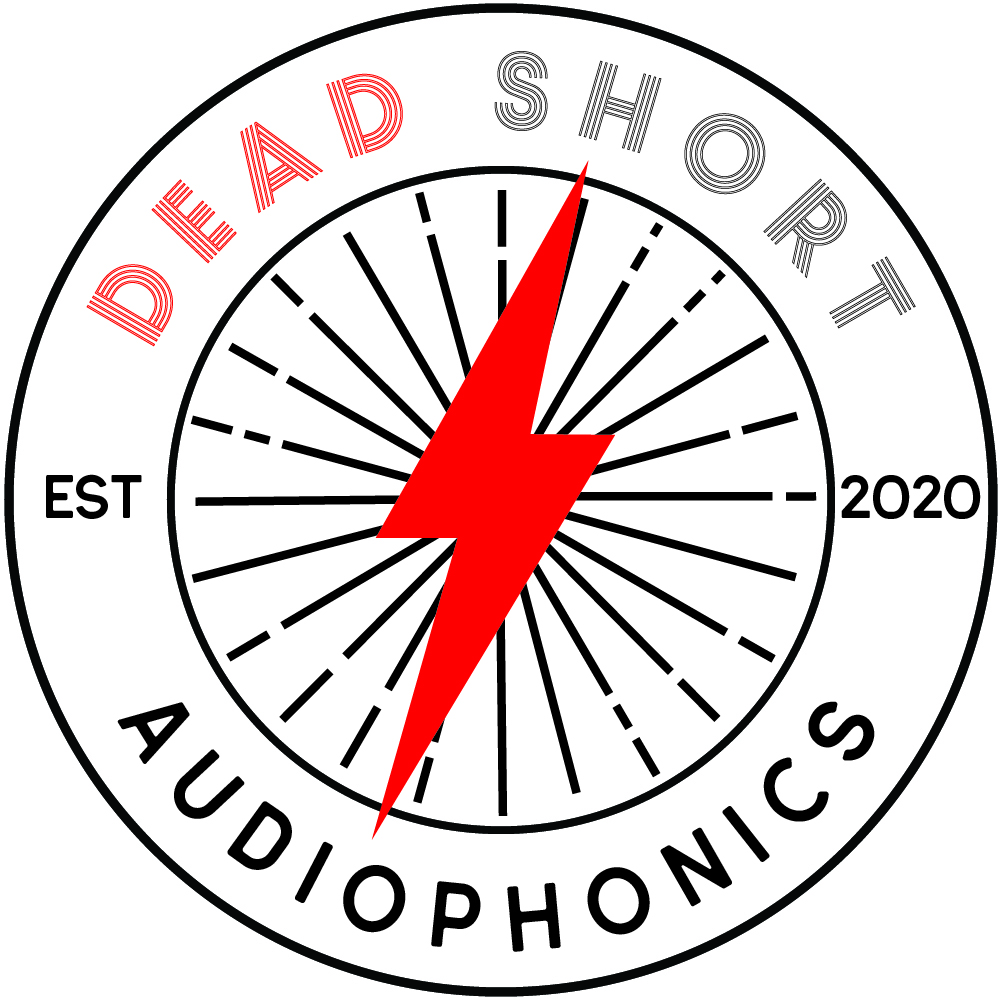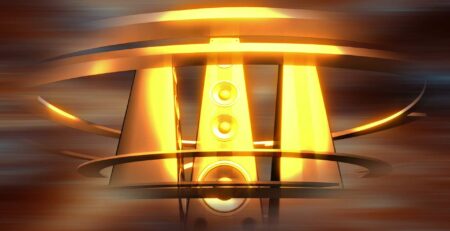Ultimate Types of Drivers For Speakers
It was in the 1800s when the speaker was officially introduced into the world. Of course, since then it has upgraded in every way possible. When it comes to the speaker’s driver, it started with just having one driver; however, that is not the case anymore.
As time went on, numerous changes were made to the standard loudspeaker in order to make it louder, taller, wider, and enhance its bass. On the other hand, sound engineers have realized that in order to improve the audio quality, sound separation is highly important. In order to achieve sound separation, different speakers should be focusing on producing different sounds. This means that each speaker should focus on producing a sound that’s within its limited frequency range, in order to improve the quality of the overall sound. That is where a driver comes into the picture.
Table of Contents
What Is A Driver?
A driver is a round element that people often confuse with being the actual speaker, even though they are not. Drivers tend to look like horns, cones, domes, and even ribbons at times. The driver cones of a speaker are usually made of metal, plastic, or paper. This material then works by creating changes in the pressure of the air by moving back and forth. The air pressure, which is sound waves, is what reaches the human eardrum and causes it to hear the sound.
Different Types of Drivers
There are different types of drivers out there that are responsible for different frequencies. An electrodynamic driver will work best in a limited frequency range, while multiple drivers are usually joined to make a complete loudspeaker system in order to provide a performance that’s beyond those limitations. Listed below are all of these drivers in further detail.
1. Full-Range Drivers
This driver is made to be used by itself in order to recreate an audio channel and that too without getting help from other drivers. Hence, it needs to cover the audio frequency range entirely. This type of driver is small in size, usually about 7.6 – 20.3 cm (3 – 8 inches) in diameter so it can allow a reasonable high-frequency response. A full-range driver is commonly found in televisions, public address systems, intercoms, small radios, certain computer speakers, and so on.
2. Mid-Range Drivers
This loudspeaker driver can reproduce different bands of frequencies that usually range between 1 to 6 kHz; hence, are called the ‘mid’ frequencies, meaning between a woofer and a tweeter. The diaphragm of mid-range drivers is made of composite materials or paper. They can also be direct radiation drivers, which are similar to smaller woofers. Or, they can also be compression drivers, which are similar to some tweeter designs. Plus, a mid-range driver that’s a direct radiator can be fixed onto a loudspeaker enclosure’s front baffle. In the case of a compression driver, it can be fixed on a horn’s throat in order to add more output level and radiation pattern control.
3. Low-Range Drivers (Woofers And Sub-Woofers)
These drivers produce frequencies that are in the lower range. Low-range drivers are known as woofers and sub-woofers. These drivers got their names from the bark of a dog when they make the ‘woof’ sound that uses low-frequency waves, as compared to the ‘tweeting’ of the birds, which usually occupies the top position of the audio spectrum.
When it comes to talking about the differences between a woofer and a sub-woofer, it is the frequency range where they are different from each other. When talking about their frequency range, a woofer usually works within the 40 – 500 Hz range, while the sub-woofer occupies sub 100 Hz frequencies. Moreover, the majority of the consumer-grade loudspeakers usually use a combination of both woofers and sub-woofers into one speaker. However, when moving up the sound fidelity, both of these speakers are separated when it comes to cleaner, purer, and a more refined sound with low frequency.
4. Tweeter
This driver is known as a high-frequency driver that’s responsible for reproducing the highest frequencies within the system of a speaker. On the other hand, there is an issue in the design of the tweeter that makes it difficult in order to achieve wide angular sound coverage, because when it comes to a high-frequency sound, it usually leaves the speakers in beams that are narrow in shape.
Moreover, tweeters with soft domes can be seen in home stereo systems, and it’s not rare to find compression drivers that are horn-loaded within professional sound reinforcement. Furthermore, in recent years, ribbon tweeters have become quite popular, since the output power of certain designs have increased in order to reach levels that are useful when it comes to professional sound reinforcement. Plus, their output pattern has become wide within the horizontal plane, which is a pattern that comes with convenient applications when it comes to concert sounds.
5. Coaxial Drivers
This type of driver is known as a loudspeaker driver that comes with two or more than two concentric drivers combined together. These types of drivers are produced by several companies, like Pioneer, Tannoy, Altec, Genelec, B&C Speakers, Cabasse, SEAS, KEF, BMS, and so on.
Conclusion
It is a fact that drivers come in different shapes and sizes. However, generally speaking, a bigger driver is usually designed for lower frequencies and vice versa. This is because frequencies that are higher require sound waves whose high- and low-pressure points are close together. Hence, the driver’s cone needs to be smaller in size so it can easily move back and forth in order to keep up. Drivers that are smaller in size will find it harder to handle frequencies that are lower. This is because lower frequencies tend to move back and forth a lot slower as compared to frequencies that are higher.
In the end, this shows that drivers are specially designed in order to control specific audio frequency ranges. This makes the job of the drivers highly important when it comes to managing and controlling the frequencies within the speaker in order to produce an improved and enhanced sound.







